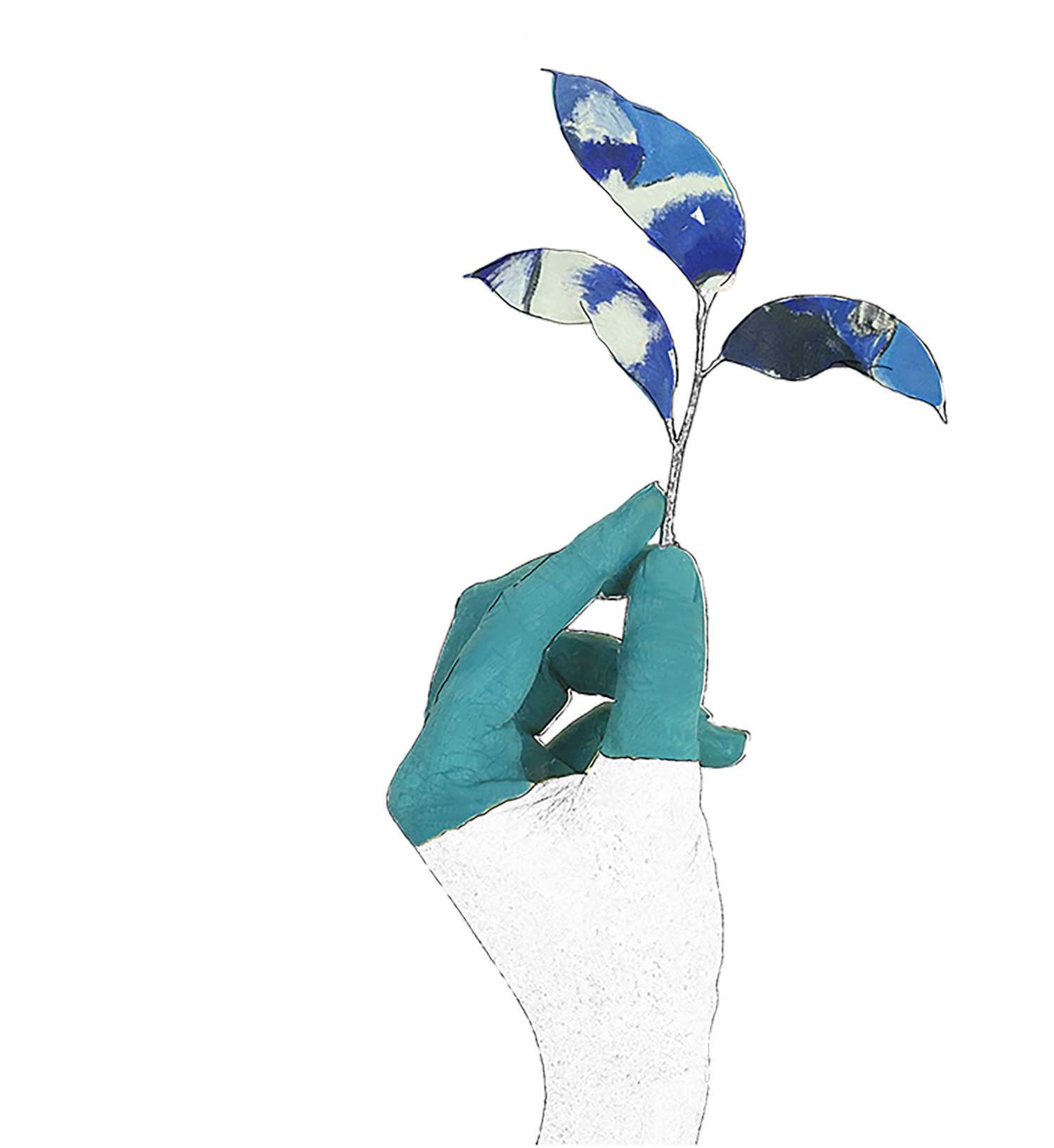gendered disabilities: living with endometriosis and finding a new ‘normal’
I am one of the 1 in 10 women in the UK living with Endometriosis. It isn’t always visible, it isn’t explicitly life-threatening, but it is, to say the very least, extremely unpleasant. A disease that affects 10% of the female population - lots of whom are unaware that what they suffer from is a real, valid disease and not just awful, debilitating periods – must not be brushed under the carpet.
Endometriosis exists across a scale, from those who may not even notice it, those who can manage the extreme pain and bleeding through heavy painkillers, specific contraception and physical exercises, to those whose lives are devastated by it. For years we have suffered in silence, our pain belittled by doctors, family members, friends, and ourselves. But more and more of us are breaking the taboos, and this will lead to improvements in research, it will lead to a cure. An illness with such prevalence in half of the world’s population is something we must prioritise curing. I have written about the research into female reproductive issues compared to male erectile dysfunction until I am blue in the face; I want to have to stop calling it out, I want research to be proportional to the number of sufferers and the extent of their suffering.
November is Disability History Month, and therefore I have decided to shout from the rooftops about what is happening to my body. Of course, so many people are suffering a great deal more, and I am not ‘bringing down the bar’ of what it is to be disabled by including Endometriosis. It disables us throughout our lives, both reproductively and otherwise, prevents us from going to work, school, social and sexual situations; just because you can’t see it, doesn’t mean it doesn’t exist.
‘Invisible Disabilities’ are gaining recognition as the years go by, but female-centric issues such as Endo, Vaginismus, Polycystic Ovaries, Vulvodynia, etc., have a very visible invisibility about them. These diseases take so long to diagnose, and even longer to manage, because they are so heavily gendered. We are not taught enough about our bodies; we don’t know what should and shouldn’t hurt, to what extent it can hurt, how much blood is too much blood. We are told our bodies are still growing, it’s all hormonal, it can’t be that bad if we’ve managed to get to work. What is not understood is the extent to which we can manage extreme pain when it is all we have ever known, and have never been told it could be otherwise.
We don’t know what a normal period is, as it’s a topic that is shied away from. We don’t know how common pain during sex is, how treatable it can be, or the necessity of talking about it to your partner, doctor and friends. Women are silenced when it comes to body issues, and we are the ones who suffer as a consequence.
This disability month, I urge women to talk to each other, to examine their bodies and bodily patterns, to get to know their own ‘normal’ and to talk it through with others. So many women have reproductive issues that could be helped if they were listened to. So many women have sexual issues that could be solved, if only they were brave enough to bring them up. We have every right to understand our bodies, and we have every right to take care of them; they are not gross, they are not offensive, they are ours.
